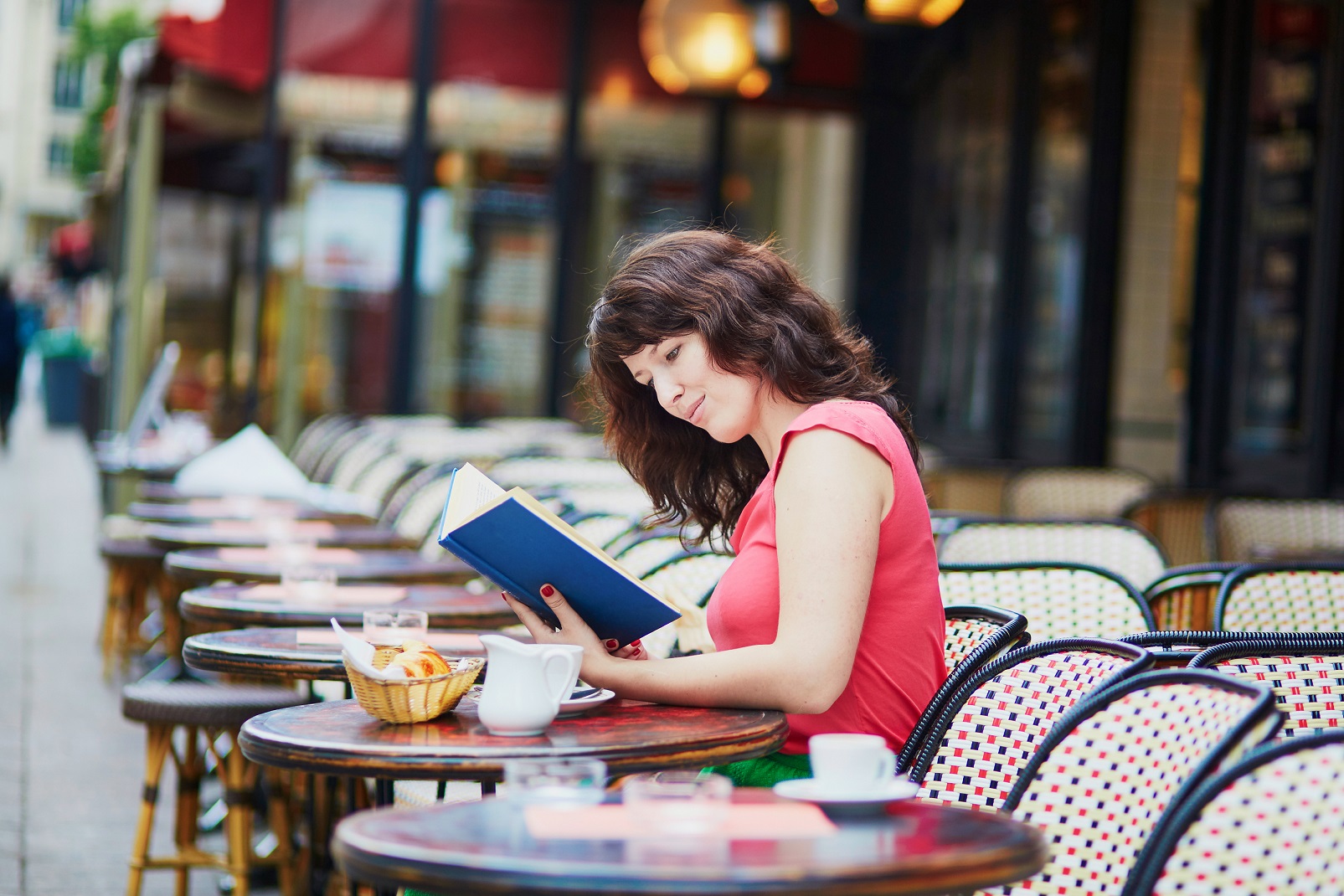What is a typical French breakfast?
Published on July 28, 2022 / Updated on January 5, 2024
Let’s start with a small clarification: Despite the saying that “le petit déjeuner est le repas le plus important de la journée” (breakfast is the most important meal of the day), breakfast is actually not the biggest meal in France. Unless you are in a hotel that serves international breakfast, you will not find the same savory food (eggs, cheese, cold meats, bacon or oatmeal) as you would in an American or English breakfast.
So where does breakfast stand in relation to other meals of the day? And what foods and drinks do you normally find in a French breakfast? Get the answers to all your questions in our yummy article:
In France, breakfast is called petit-déjeuner, which literally means “small lunch”. From there, you may have already guessed that déjeuner is the word for lunch, while dîner is dinner in the evening. Children may also have a goûter (snack) after school at around 4 or 5 pm.
If you happen to be in another French-speaking country like Belgium, Switzerland or Canada, the meal names shift back one step in time: Déjeuner is no longer lunch, but breakfast. Dîner is now lunch and souper is dinner (or supper):
| English | French (France) | Other French-speaking countries |
| breakfast | petit-déjeuner | déjeuner |
| lunch | déjeuner | dîner |
| dinner | dîner | souper |
If you’re a bit of a late bird and it’s too late for breakfast, some French restaurants have started to offer un brunch on their menu. So you can just follow the new trend and go bruncher with your friends.
But back to breakfast, what can you expect to eat and drink during a typical French breakfast?
This is probably the part that will look familiar to most readers. The main drinks are hot ones, with coffee as a clear favorite among adults. You can choose between café au lait (coffee with milk) or café noir (black coffee). Alternatively, some might prefer some thé (tea). Either way, you will have your hot drink in un bol (bowl) instead of a mug. This may also be completed with a glass of jus de fruit (fruit juice).
Children will usually have un chocolat chaud (hot chocolate), unless they prefer something cold like a bowl of céréales (cereals) with lait (milk).
With drinks, also comes some food. So the next question is…
This is where things start to differ. As we already mentioned, French breakfast tends to exclude savory foods, in favor of sweet ones to accompany the hot drink of your choice.
The most common breakfast food in France is by far une tartine, an item so typically French there is quite simply no English word that exactly matches it. A tartine is a piece of bread, pain de mie (sliced bread) or biscotte (crispbread) on which you spread some beurre (butter), confiture (jam) or even miel (honey). Then, you simply dunk it in your coffee, tea or hot chocolate before eating it.
This practice is so common that the tartine has been made into a verb, tartiner, which means to spread:
Je tartine ma biscotte de beurre.
I spread butter on my French toast.
The popular tartines have even been included in common expressions with food: If you’re a writer, tartiner, en écrire des tartines or en mettre des tartines are all ways to say “to churn something out” or “to write reams of paper”.
Known in France as viennoiseries, due to the fact they allegedly came from Vienna, croissants and pains au chocolat (or chocolatine in the South West of France or Quebec!) are two very common pastries. They tend to be served for fancier breakfast (or sometimes also for the mid-afternoon goûter), such as on holiday or during the weekend. Another alternative is the brioche, another popular viennoiserie.
Even if it isn’t quite as large or popular as lunch or dinner, the petit-déjeuner still is a great opportunity to enjoy a few sweet and typical French treats, in particular the tartine covered with butter, jam or honey. All in all, a French breakfast is a perfect way to start your day and open your appetite for some French learning.
